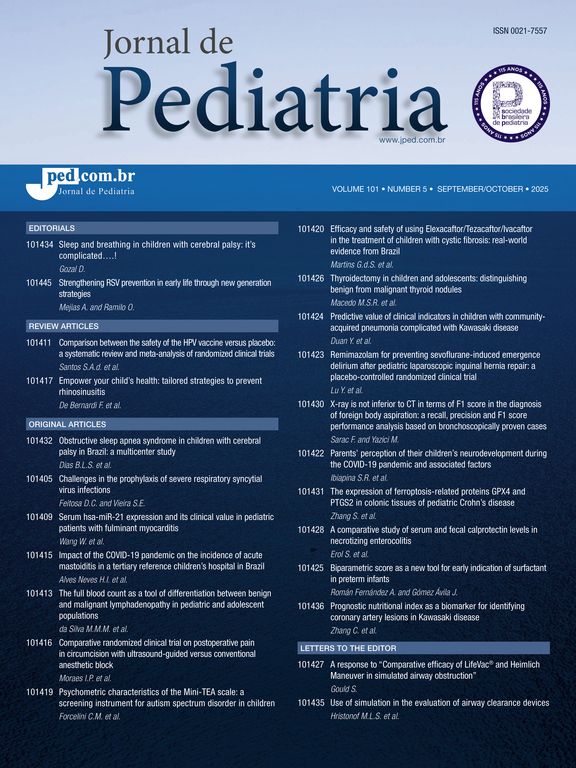Anthropometric measures of 120 female adolescents were analyzed, 60 of them from a low socio-economic level (LSEL), and 60 from a high socio-economic level (HSEL), with 30 obese and 30 non-obese in each group, in an attempt to verify differences between the socio-economic levels in relation to the body-composition and the distribution of fat throughout the body. The weight, height, upper arm circumference and 4 skin folds (triceps, biceps, subscapular and suprailiac) were measured, and the arm muscle area, arm fat area and percentage of body fat were estimated. Those who were obese from LSEL presented an average height lower (p<0.05) than the obese from HSEL, and a greater proportion of this group presented a height deficit for their age. The arm muscle area was greater (p<0.05) in the obese from HSEL, but the percentage of body fat was similar in the two groups as well as the measures of the isolated skin folds. The increase in fat in the obese from LSEL, when compared with the non-obese, was 2.8 times greater than the muscle. In the HSEL, this increase was 1.3 times greater. It was concluded that the obese from both socio-economic levels presented different types of obesity in relation to bodycomposition, but were similar in relation to body fat distribution.
The Impact Factor measures the average number of citations received in a particular year by papers published in the journal during the two preceding years.
© Clarivate Analytics, Journal Citation Reports 2025
SRJ is a prestige metric based on the idea that not all citations are the same. SJR uses a similar algorithm as the Google page rank; it provides a quantitative and qualitative measure of the journal's impact.
See moreSNIP measures contextual citation impact by wighting citations based on the total number of citations in a subject field.
See more







